| Lustrous Copper Lycaena cupreus snowi Immatures |
| Home - Butterflies - Details |
| Specimen Eclosure |

LARVAE
First Instar- Emerged 9 July 2012

Second Instars - 14 July 2012 - 3mm
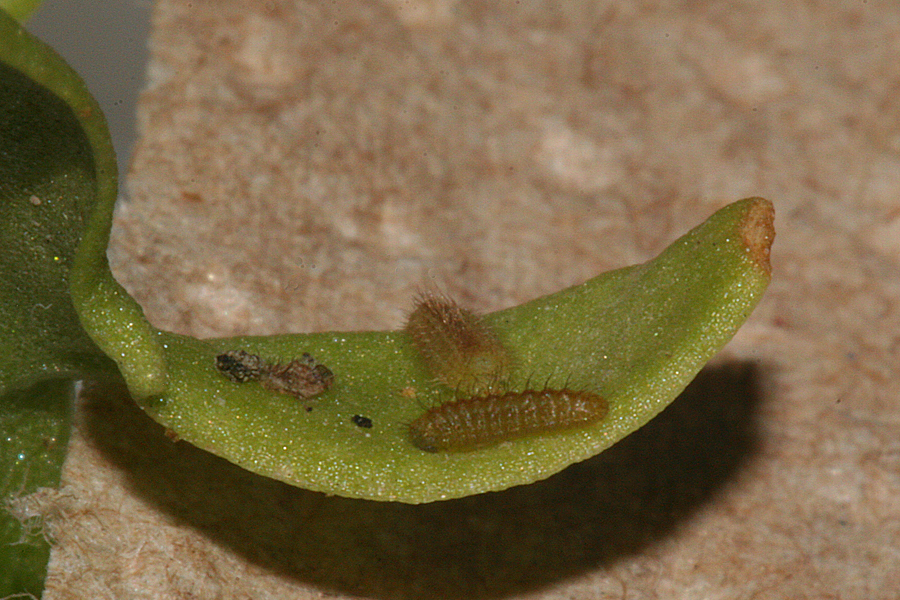
Third Instar - 5 mm long - 16 July 2012
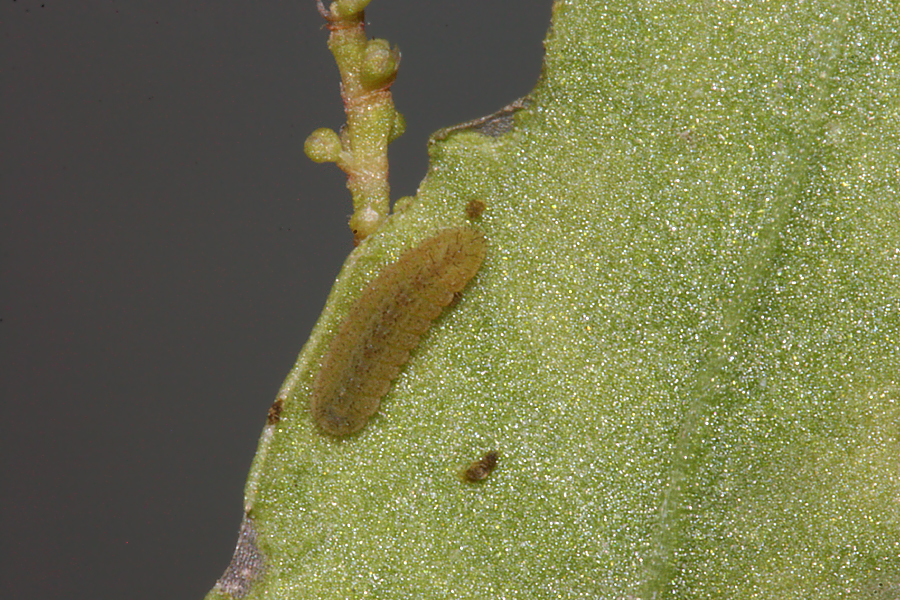
Fourth Instar - 15 mm - molted 26 July, Photos 31 July 2012
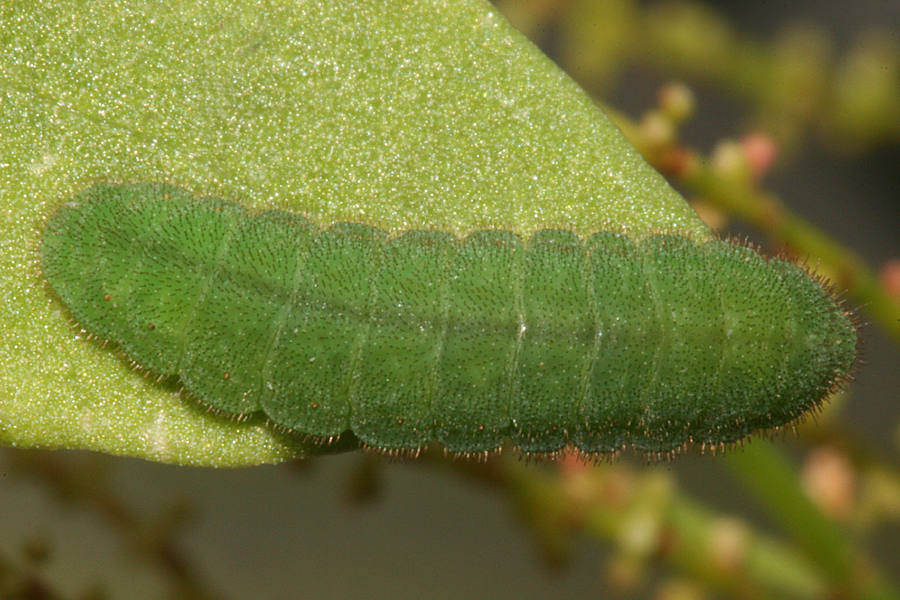
Fourth Instar - 15 mm - molted 26 July, photos 31 July 2012
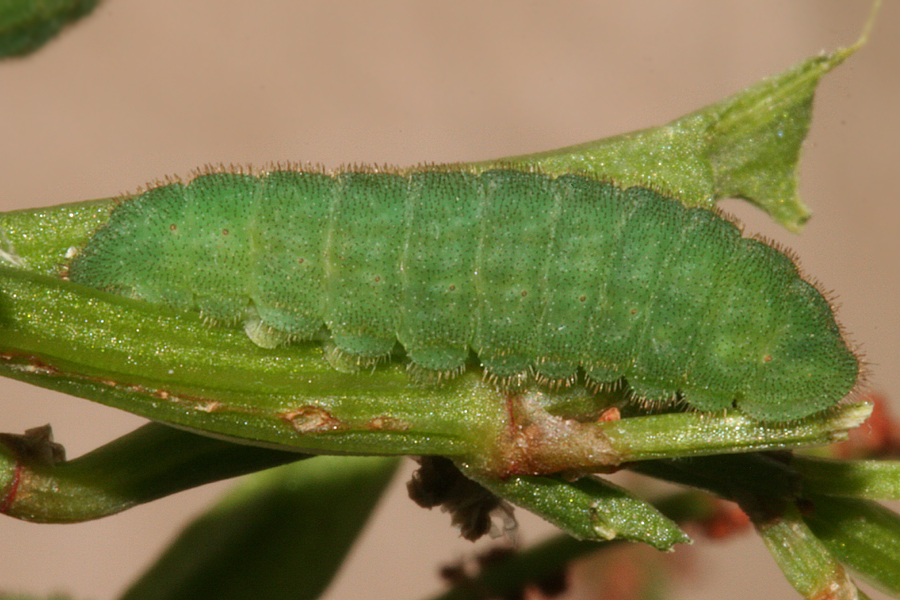
Fourth Instar - 15 mm - molted 26 July, photos 31 July 2012

After molting to third or fourth instar, these larvae all hibernated
The third instars did not recover from hibernation.
The fourth instars ate for a week then pupated.

#3 Just before pupating

Pupae
#3 Newly formed pupa - 2:30 P.M. April 27, 2013
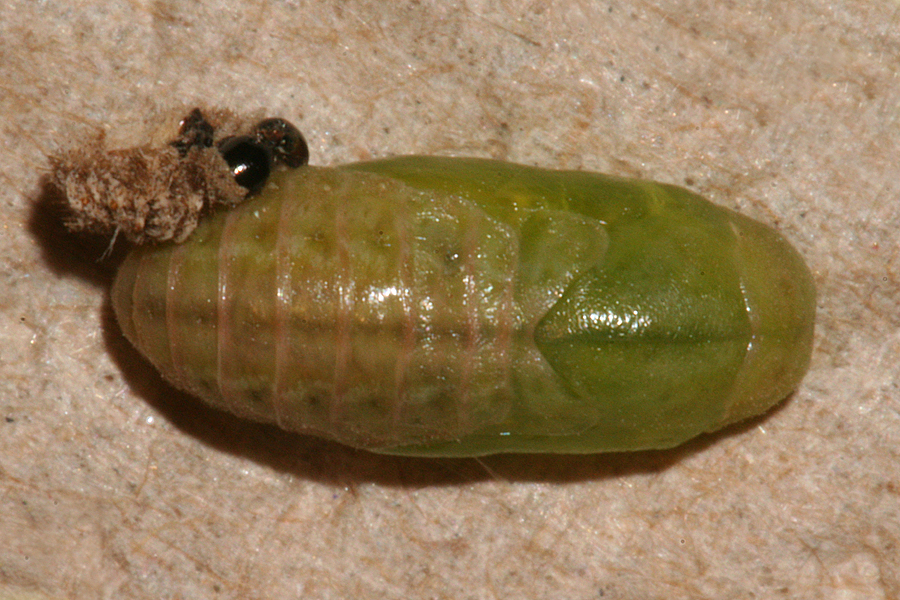
Pupa #2 formed 25 April, 2013 - Photo taken on 26 April 2012
The white string-like object is the silken thread that was broken when moved from the container
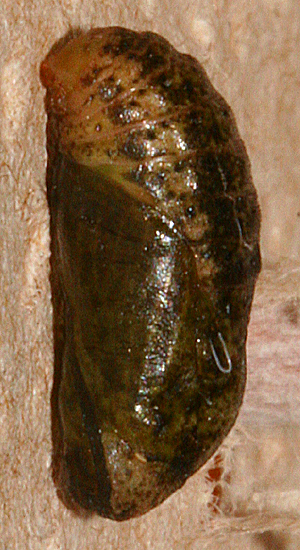 |
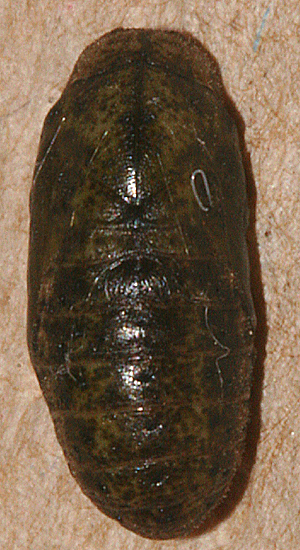 |
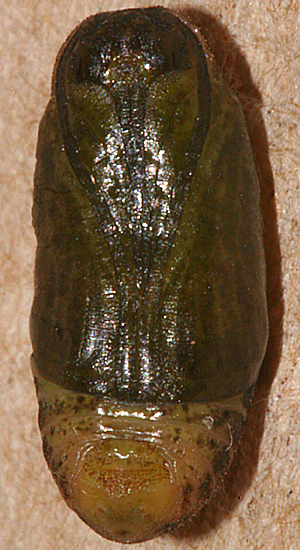 |
Pupa #3 formed 27 April, 2013 - Photo taken on 4 May 2013 - Shows Development |
||
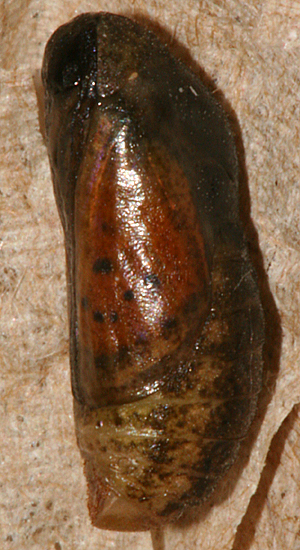 |
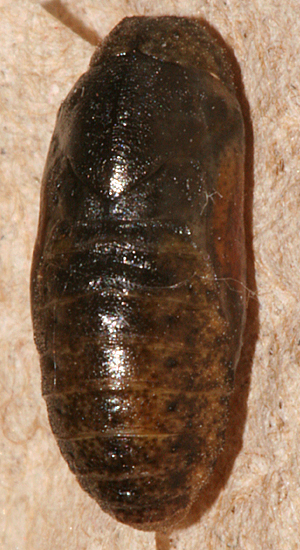 |
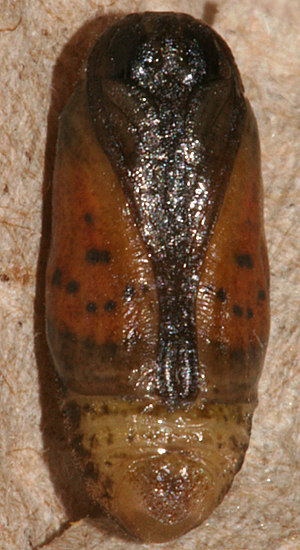 |
Pupa #3 formed 27 April, 2013 - Photo taken 7:40 A.M. 5 May 2013 Butterfly emerged 9:43 A.M. 5 May 2013 |
||
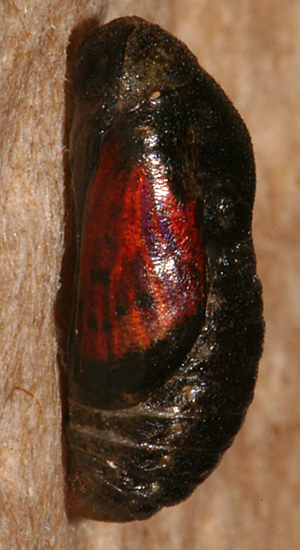 |
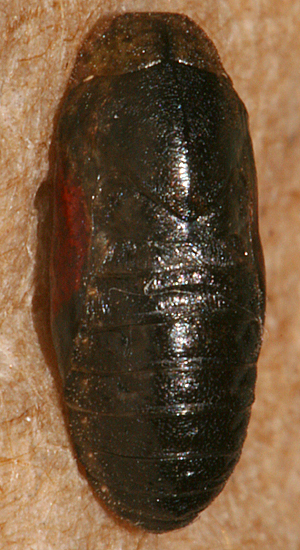 |
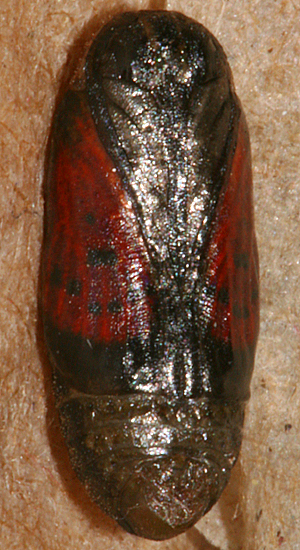 |
___________________________________________________________________________________________________________________________
Larva- 2010
#2 First Instar - Emerged 19 August and photographed 21 August 2010
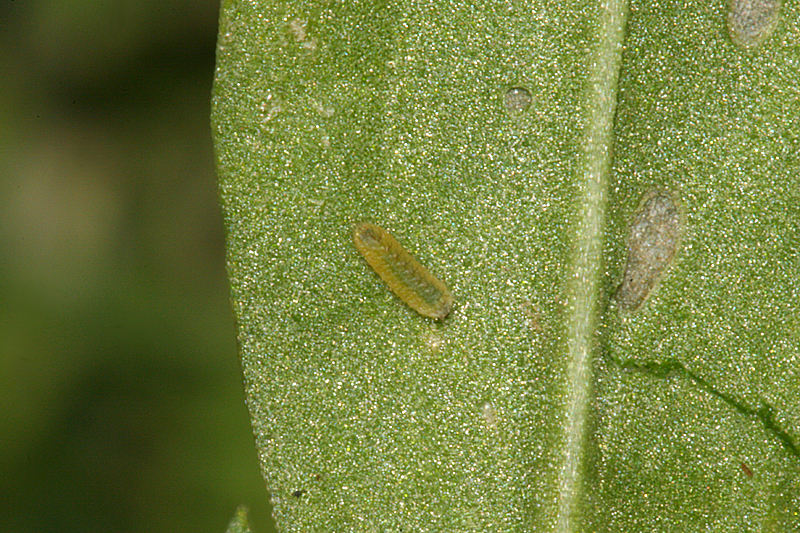
#2 Second Instar - Molted to second instar
on 25 August, photographed the same day
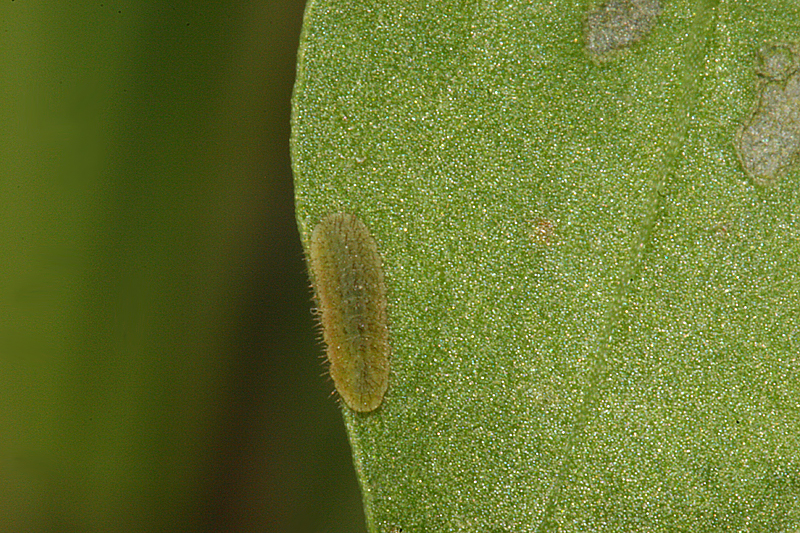
#1 Second Instar - emerged 20 August,
photographed 27 August 2010
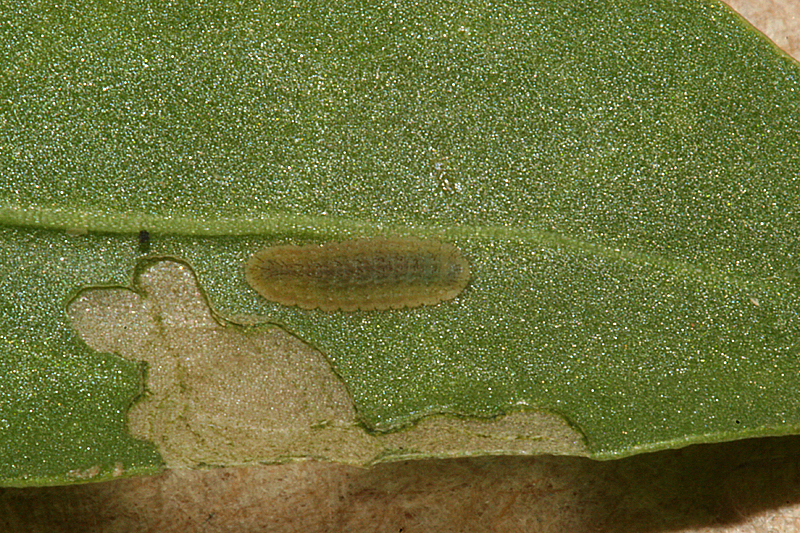
#2 Third Instar - emerged 20 August,
photographed 27 August 2010
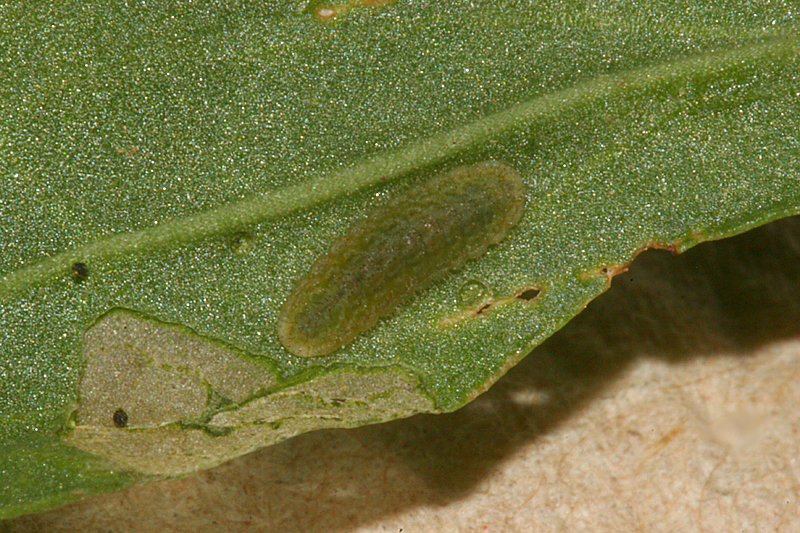
#2 Third Instar - emerged 20 August,
photographed 27 August 2010
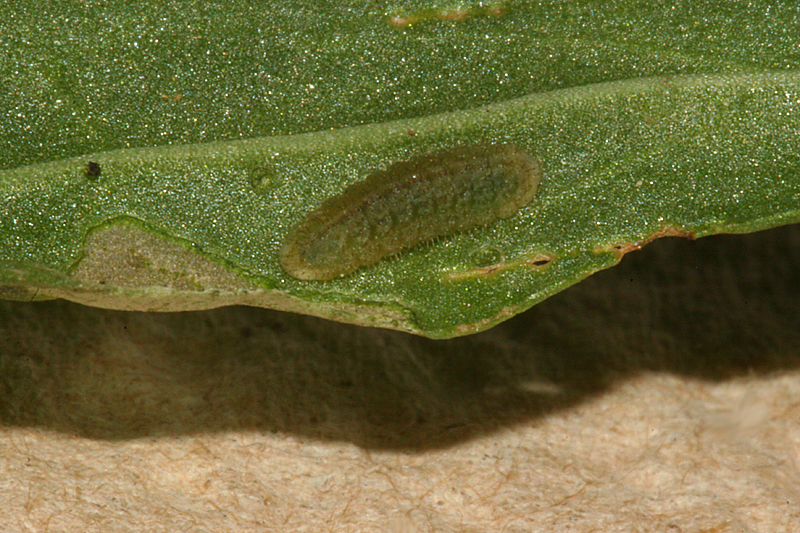
| PHOTO
DETAILS - ©Nicky Davis 2012 - Location: Jack Harry located females 9 miles west of Fairplay near Horseshoe Basin, Park County, Colorado 3 July 2012. Ova - 6 days Larvae - First Instar - 5 days - 2 mm Second Instar - 5 days - 3 mm on day molted to second instar Third Instar - 5 mm long - 16 July 2012 Fourth Instar - 15 mm on 31 July - 188 mm August 2, 2012 After they stopped feeding they first were put into the fridge at 40º for a few weeks then they were put into hibernation (September 21, 2012) by placing them into a fridge at about 31ºF. The containers used were cello cups with pin holes on all surfaces plus a chiffon hammock for the larvae to rest on without the possibility of getting soaked. The cello cups were placed in a plastic sandwich container with another cell cup full of water to help keep them hydrated. The plastic sandwich container also had holes drilled in each side to allow for ventilation. On April 18, 2013 the host plant I was going to use (Rumex crispus) was growing enough to feed the five larvae so they were removed from the fridge and put into a cello cup with a piece of paper towel in the bottom and a chiffon top. NEVER PUT SNOWI IN A CLOSED CONTAINER. The paper towel was misted with distilled water for hydration. I used distilled water to help avoid disease. I plan to mist them once a day and change the crispus to avoid disease as much as possible. I put the chiffon lidded cello cup container which held the larvae under a light but it was a foot away and so didn't heat them up. Temperature in the room was 72º F. Three of the larvae were 15 mm long and two were much smaller and were third instars. Pupae - 8 days The larvae refused the host plant Rumex crispus so when they were moving but not feeding, I moved the three large ones to Rumex acetosella - Sheep Sorrel. The third instars did not come out of hibernation. The three large ones began nibbling a bit and frassing some but not as ravenously as I expected. Then on 25 April before 6 A.M. two of the larvae pupated. The third large one didn't pupate at the same time. Pupae were 9 mm long. __________________________________ 2010 - Location: Jack Harry and Jacque Wolfe located female, 1 mile east of Mosquito Pass, Park County, Colorado - Elevation 12,600 feet. The butterflies were using digyna as the host plant. Ova Hatched 19 and 20 August 2010 Larvae A rumex acetosella hybrid was used to feed these larvae. After molting 6o third instar all of these larvae hibernated. These died in hibernation Host Plants Oviposited on
Larvae fed on
I tried this plant when larvae come out of hibernation but they rejected it.
 |